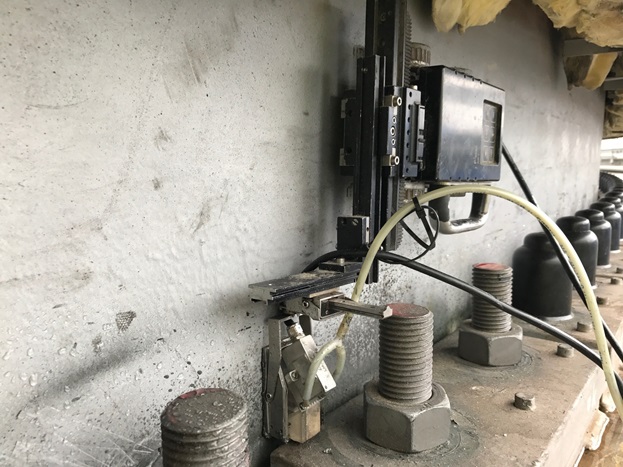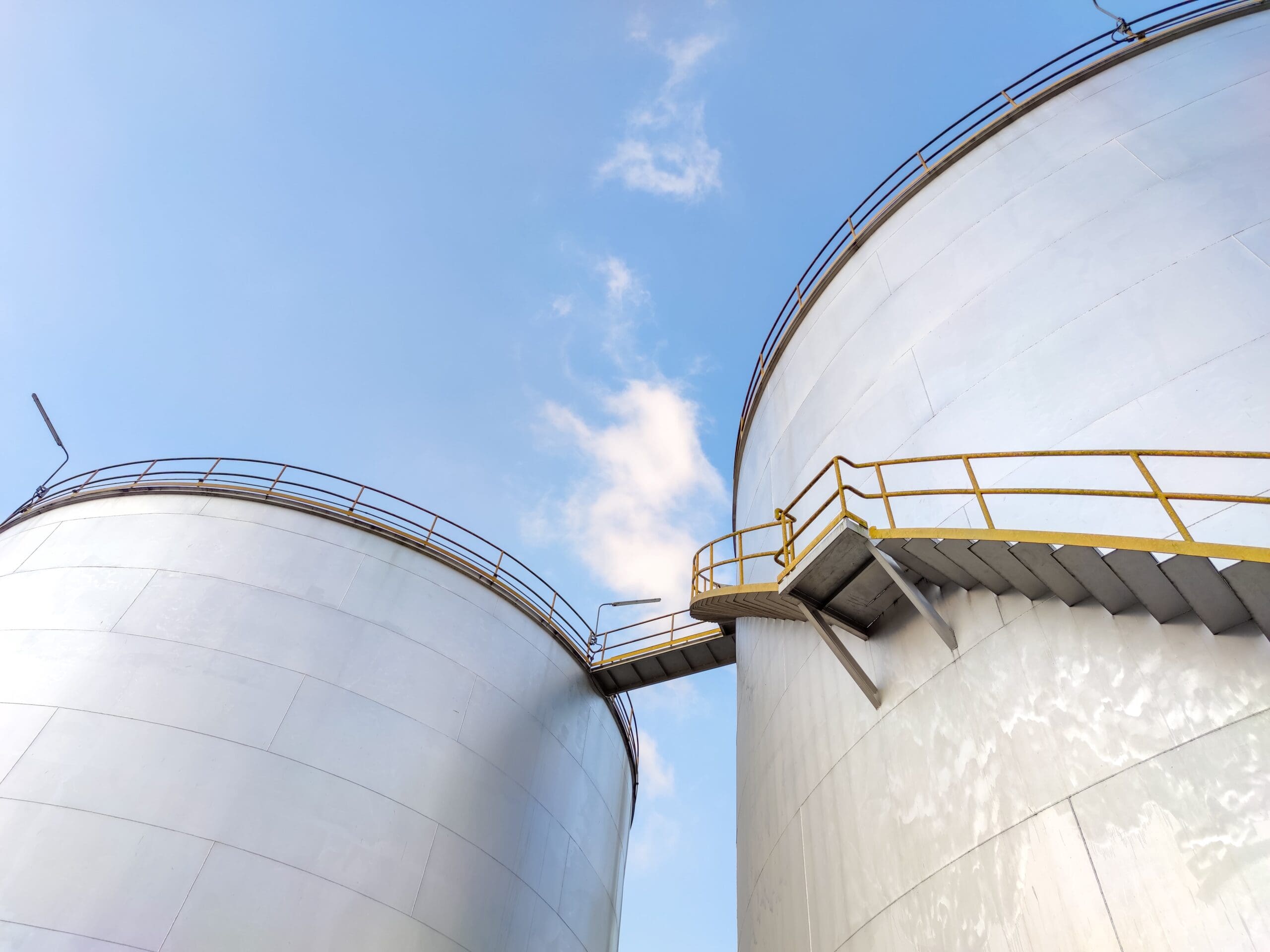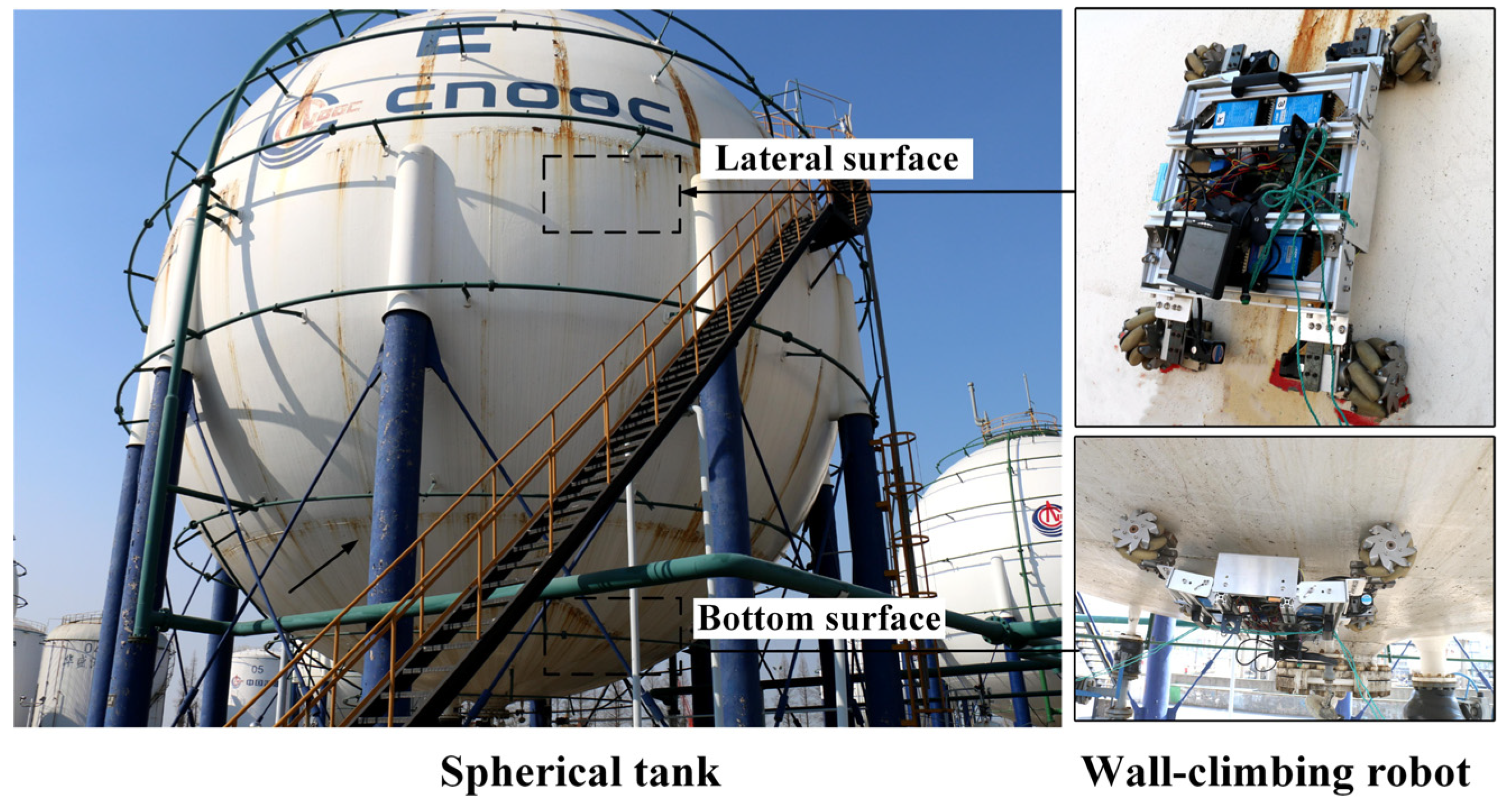Tank Welding Inspection: Making Certain Long-Term Durability and Safety
Tank Welding Inspection: Making Certain Long-Term Durability and Safety
Blog Article
An In-depth Overview of Storage Tank Welding Assessment Criteria and Methodologies for Improved Weld Top Quality and Performance
The importance of welding evaluation standards in the production of storage tanks can not be overstated, as they act as the foundation for ensuring weld stability and functional reliability. Various assessment strategies, including visual evaluations and progressed non-destructive screening methods, are critical in determining prospective imperfections that could compromise performance. Additionally, sticking to governing standards not only improves weld high quality yet additionally reduces the threat of expensive failings. As we explore the nuances of these approaches, it ends up being important to consider exactly how an organized method can transform present methods and result in considerable improvements in outcomes.
Relevance of Welding Inspection Requirements

Welding evaluation criteria include a range of requirements, consisting of material requirements, welding procedures, and credentials of employees associated with the welding process. By applying these criteria, organizations can systematically determine and correct potential flaws, thus minimizing the likelihood of expensive fixings or devastating failings. Strenuous evaluation techniques promote a society of responsibility and precision, encouraging welders to maintain high degrees of workmanship.

Usual Welding Inspection Methods


Ultrasonic Examining (UT) is an additional common method, utilizing high-frequency acoustic waves to detect inner problems that may not show up on the surface. This approach is especially effective for identifying gaps or additions within the weld metal. Magnetic Particle Examining (MT) is likewise widely made use of, particularly for ferromagnetic materials, as it exposes surface and near-surface defects via the application of magnetic areas and ferrous fragments.
Additionally, Fluid Penetrant Screening (PT) discovers surface-breaking defects by using a penetrant to the weld and afterwards making use of a developer to extract the penetrant. Each of these methods contributes to a thorough assessment technique, ensuring that welds fulfill the strict quality criteria needed in container building.
Regulatory Requirements and Compliance
Governing requirements and compliance are necessary components in making certain the security and integrity of welded frameworks in storage tank building and construction - Tank Welding Inspection. These criteria serve to develop minimum requirements for material residential or commercial properties, welding treatments, and inspection methods, therefore decreasing the threat of structural failures and boosting overall performance
Trick companies, such as the American Society of Mechanical Designers (ASME) and the American Welding Culture (AWS), provide guidelines that are extensively adopted in the market. Conformity with these criteria not only guarantees adherence to ideal practices but Discover More Here likewise fulfills lawful and contractual responsibilities, guarding the interests of stakeholders.
Regulatory bodies commonly mandate adherence to details codes, such as ASME Code Section IX for welding qualifications and API 650 for welded storage tanks. These codes detail demands for welding techniques, credentials of employees, and testing techniques to confirm weld stability.
Normal audits and examinations are crucial to preserving compliance, as they assist recognize deviations from developed standards. Non-compliance can result in significant penalties, job delays, and security dangers. Therefore, a durable understanding of regulative criteria and Find Out More a commitment to compliance are critical in achieving premium and long lasting welded storage tank structures.
Non-Destructive Evaluating Methods
How can the integrity of bonded frameworks be guaranteed without triggering damage? Non-destructive testing (NDT) methods offer a durable service, making it possible for examiners to review weld quality without endangering the material - Tank Welding Inspection. Among one of the most common NDT methods are ultrasonic screening (UT), radiographic testing (RT), magnetic bit screening (MT), and dye penetrant testing (PT)
Ultrasonic screening uses high-frequency sound waves to detect inner flaws and identify material residential or commercial properties. It provides exact measurements and is particularly efficient for thick products. Radiographic screening involves passing X-rays or gamma rays through the weld, producing pictures that reveal architectural problems such as fractures or voids. This approach is very useful for examining the stability of intricate welds.
Magnetic fragment testing is matched for ferromagnetic materials, where magnetic areas expose surface area and near-surface interruptions. Dye penetrant screening makes use of a liquid color to highlight surface-breaking defects, making it a reliable technique for non-porous products.
Each of these NDT methods has unique benefits, enabling thorough evaluations customized to specific products and welding procedures. By executing these strategies, industries can make sure the integrity and safety of bonded frameworks, ultimately improving total performance.
Enhancing Weld High Quality Via Inspection
Efficient examination plays an essential function in boosting weld quality, acting as a crucial checkpoint in the manufacture procedure. By identifying prospective flaws early, examinations mitigate the risk of jeopardized architectural honesty and make certain compliance with industry standards. Utilizing a mix of aesthetic exams, non-destructive screening (NDT) approaches, and mechanical assessments, inspectors can spot problems such as porosity, fractures, and insufficient combination.
Carrying out a durable examination method not just enhances the general high quality of welds however likewise promotes a culture of accountability amongst welders and makers. Normal training and qualification of assessment workers guarantee that they are geared up with the needed abilities to acknowledge and deal with prospective problems effectively. This aggressive strategy decreases rework and connected expenses, ultimately contributing to project efficiency.
Furthermore, thorough documents of assessment searchings for offers valuable understandings right into persisting issues, facilitating continual renovation in welding methods. By leveraging advanced technologies, such as automated ultrasonic screening or digital radiography, weld quality can be boosted with much more precise analyses. In final thought, a rigorous examination procedure is essential in achieving high-grade welds, making sure safety, integrity, and durability in tank construction.
Conclusion
In final thought, the execution of rigorous storage tank welding examination standards and methods sites is crucial for guaranteeing weld stability and efficiency. By utilizing a combination of visual assessments, non-destructive screening methods, and adherence to regulatory criteria, companies can effectively identify and mitigate prospective flaws.
Report this page